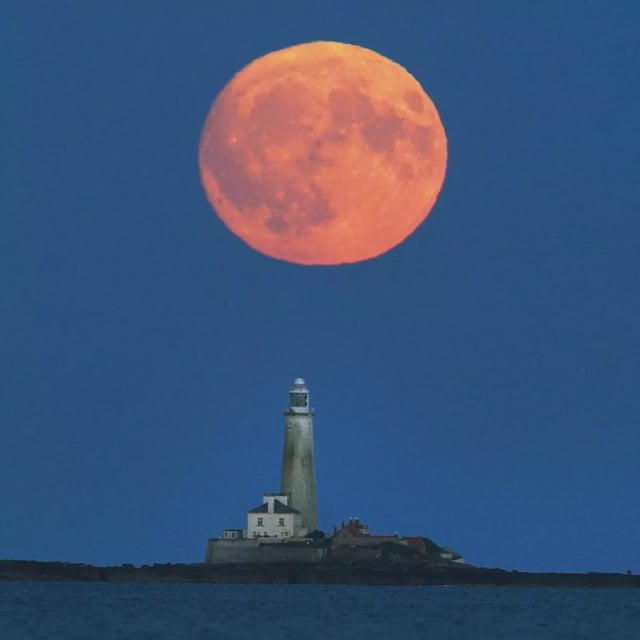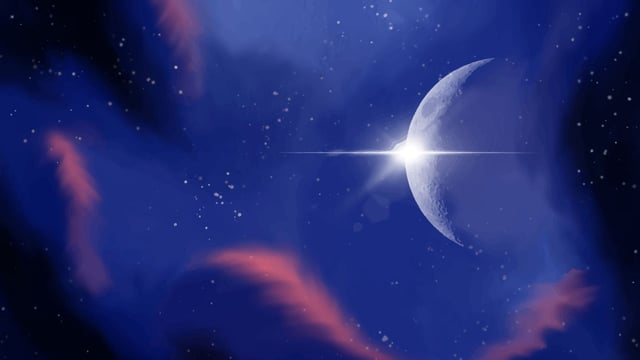Overview
- Earth reaches aphelion on July 3 at roughly 94.5 million miles from the Sun, making the solar disk appear smallest of the year.
- Mercury attains its greatest eastern elongation on the evening of July 4, climbing about 26° from the Sun for ideal twilight viewing.
- The full Buck Moon peaks at 4:30 p.m. EDT on July 10, reflecting indigenous lunar naming traditions linked to midsummer deer antler growth.
- Honolulu will experience its second Lāhainā Noon of the year on July 15, when the Sun passes directly overhead and shadows momentarily disappear.
- Late-month highlights include a crescent Moon occulting the Pleiades on July 20–21 and a Mars–Moon rendezvous in Taurus during the Southern Delta Aquariids peak on July 29–30.



